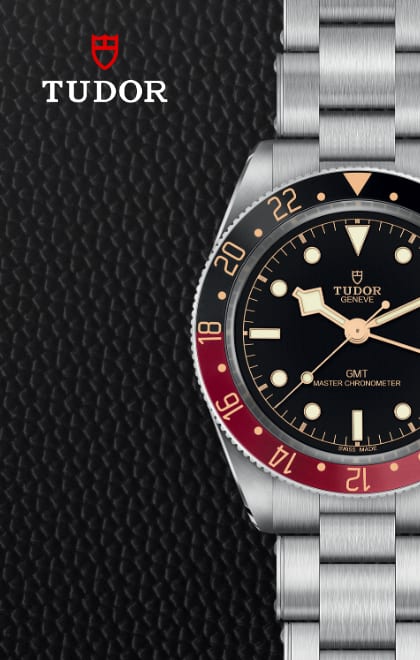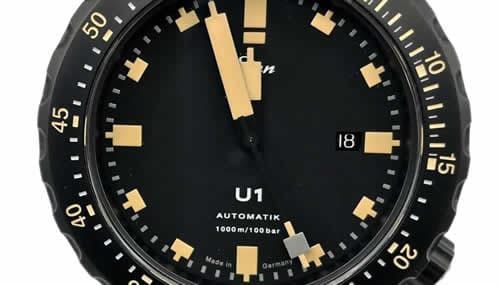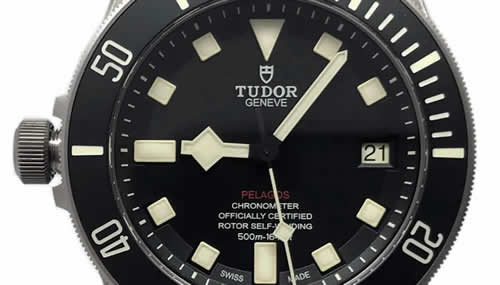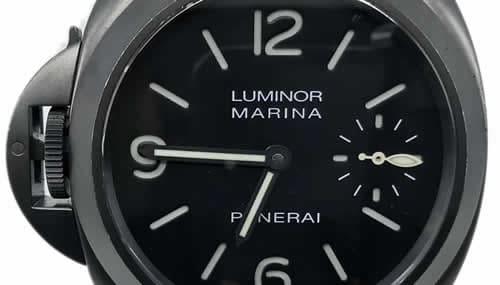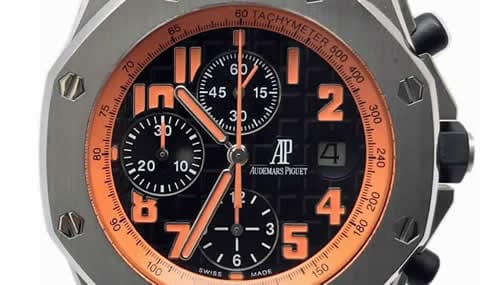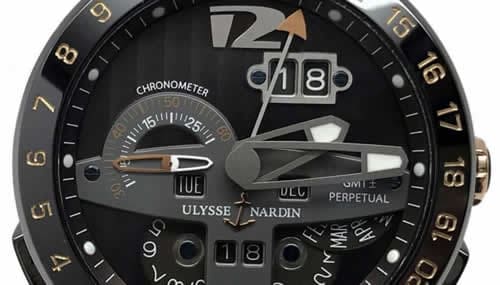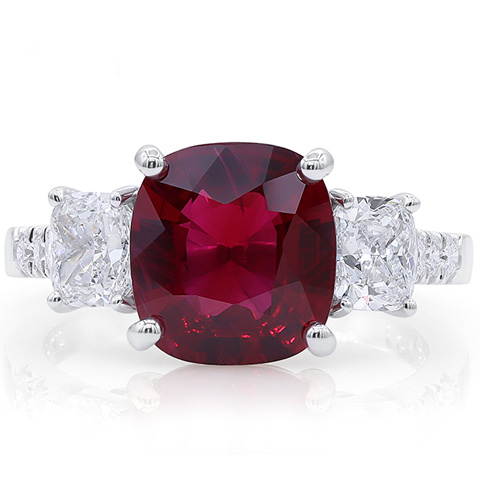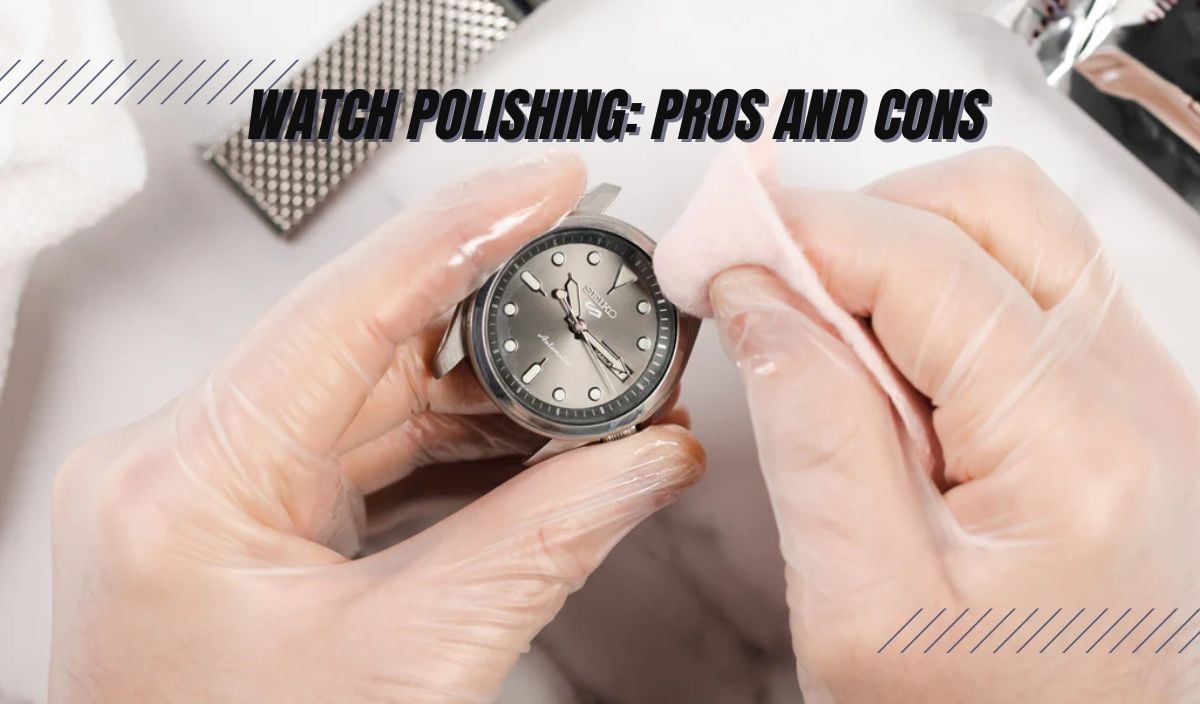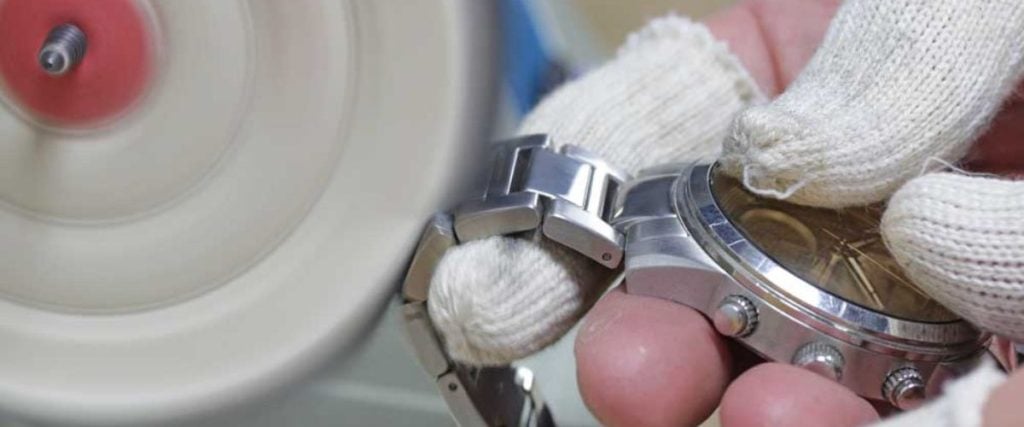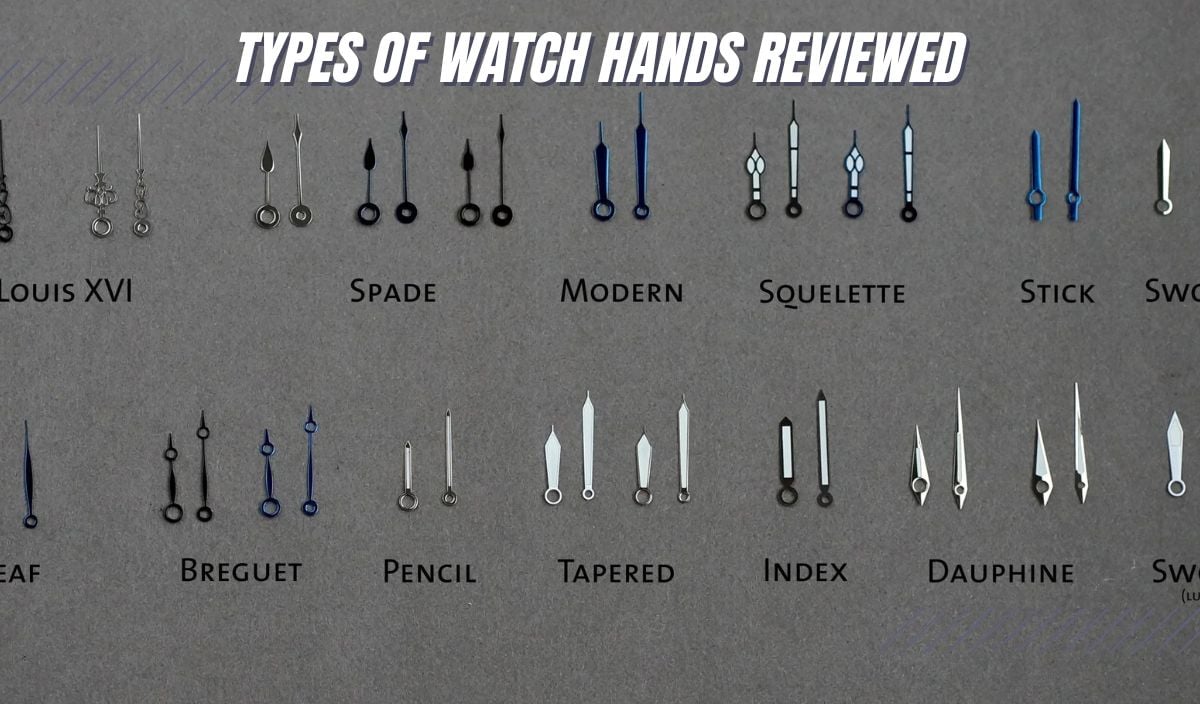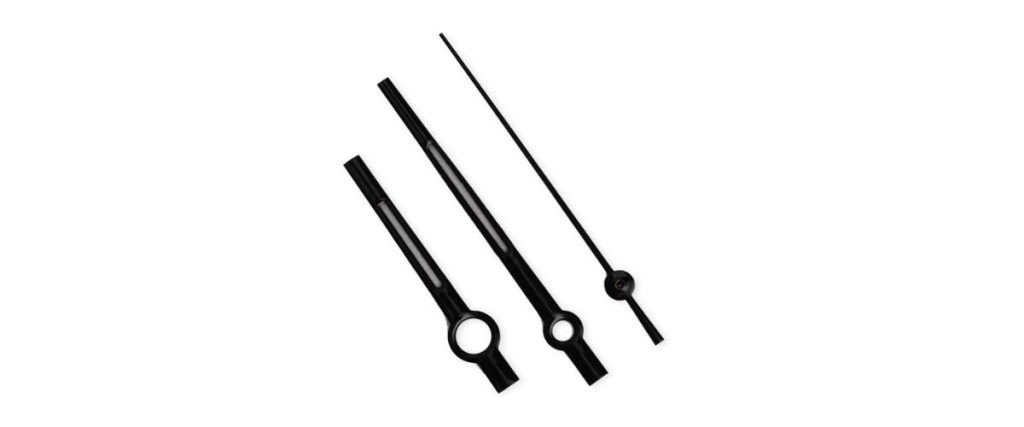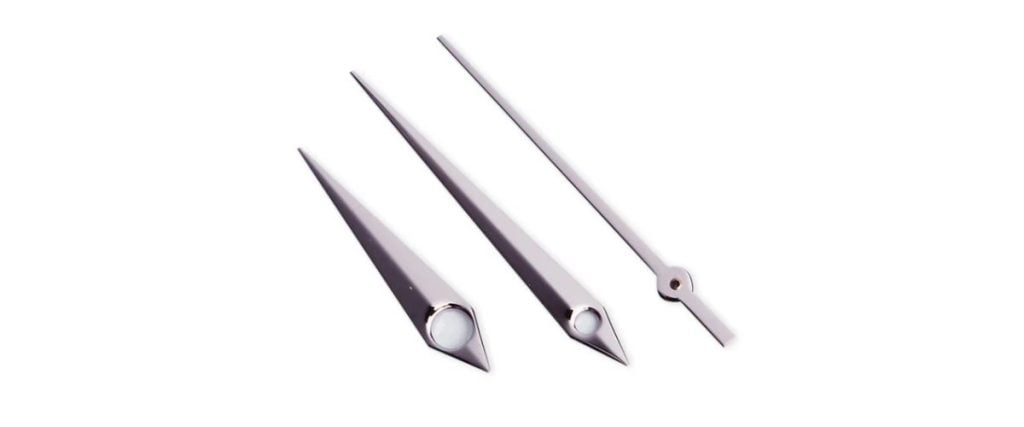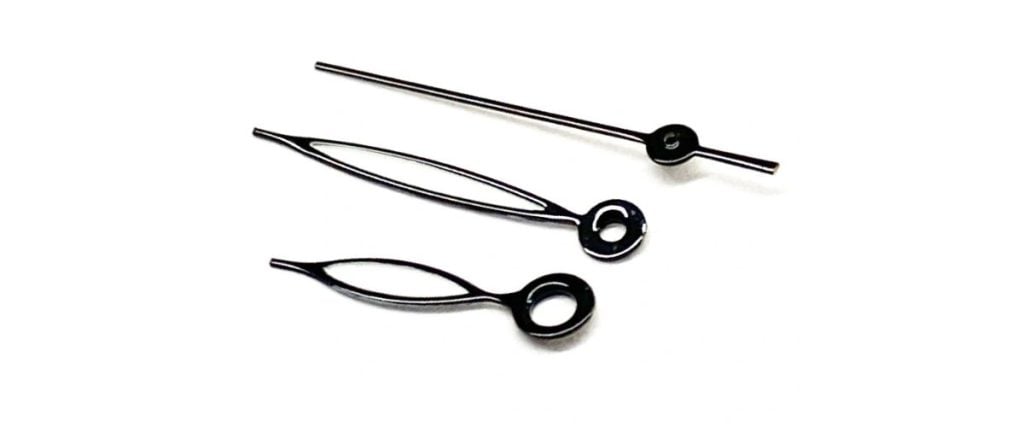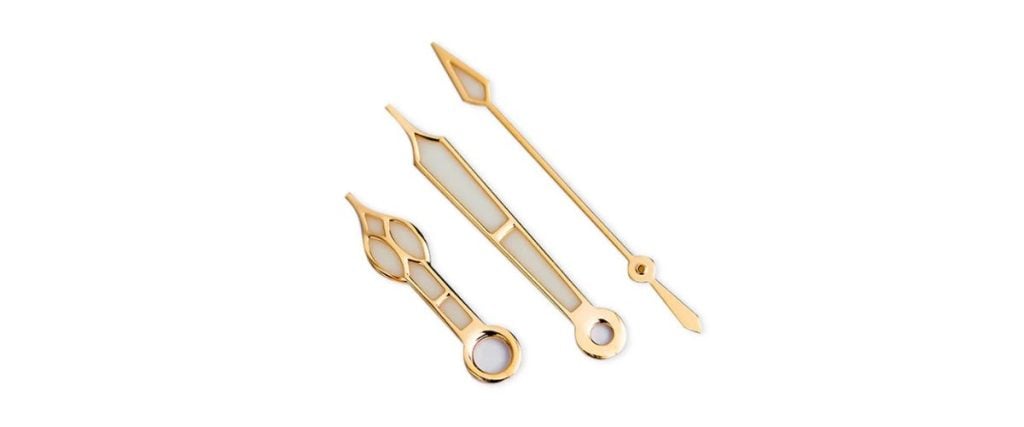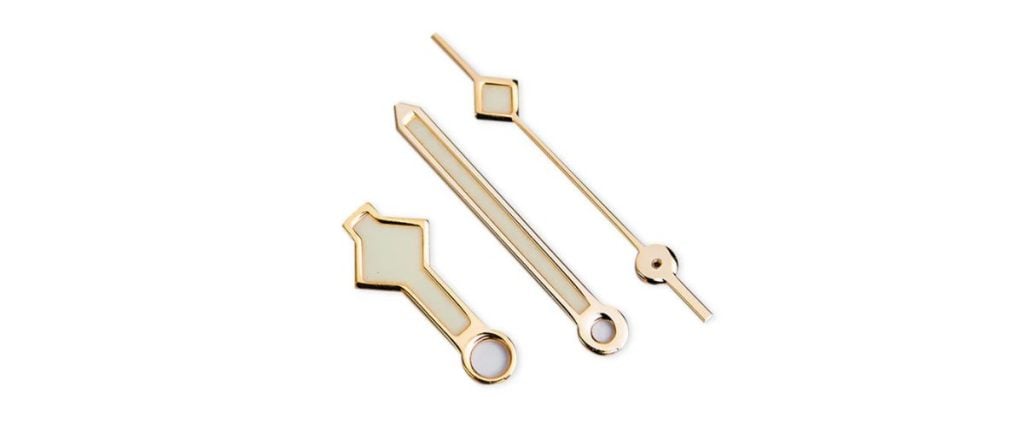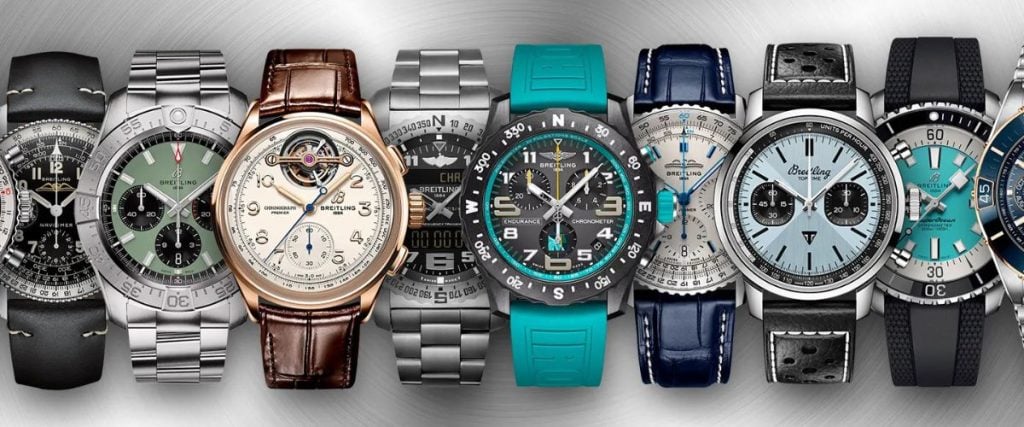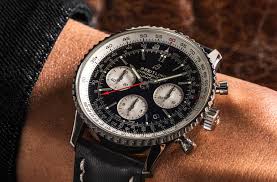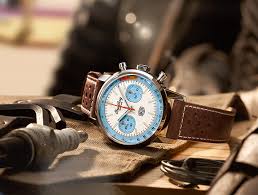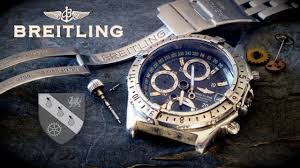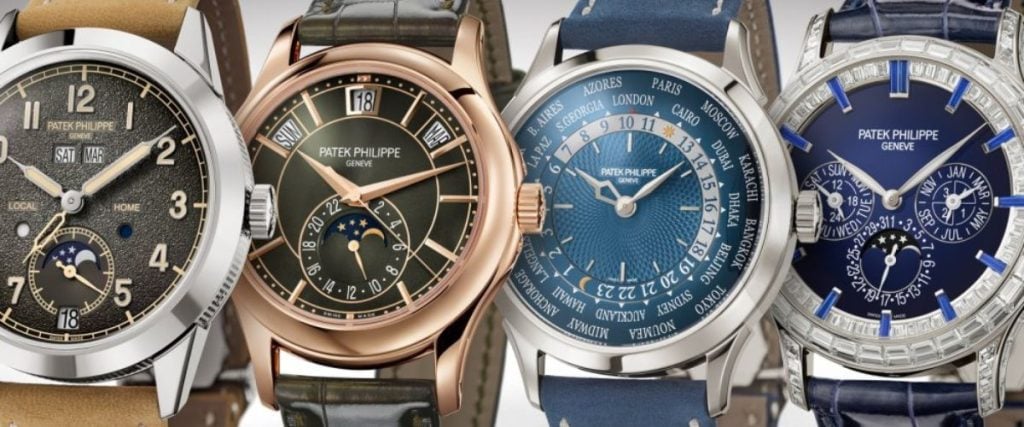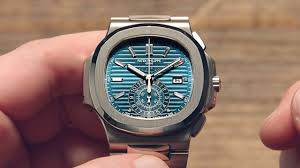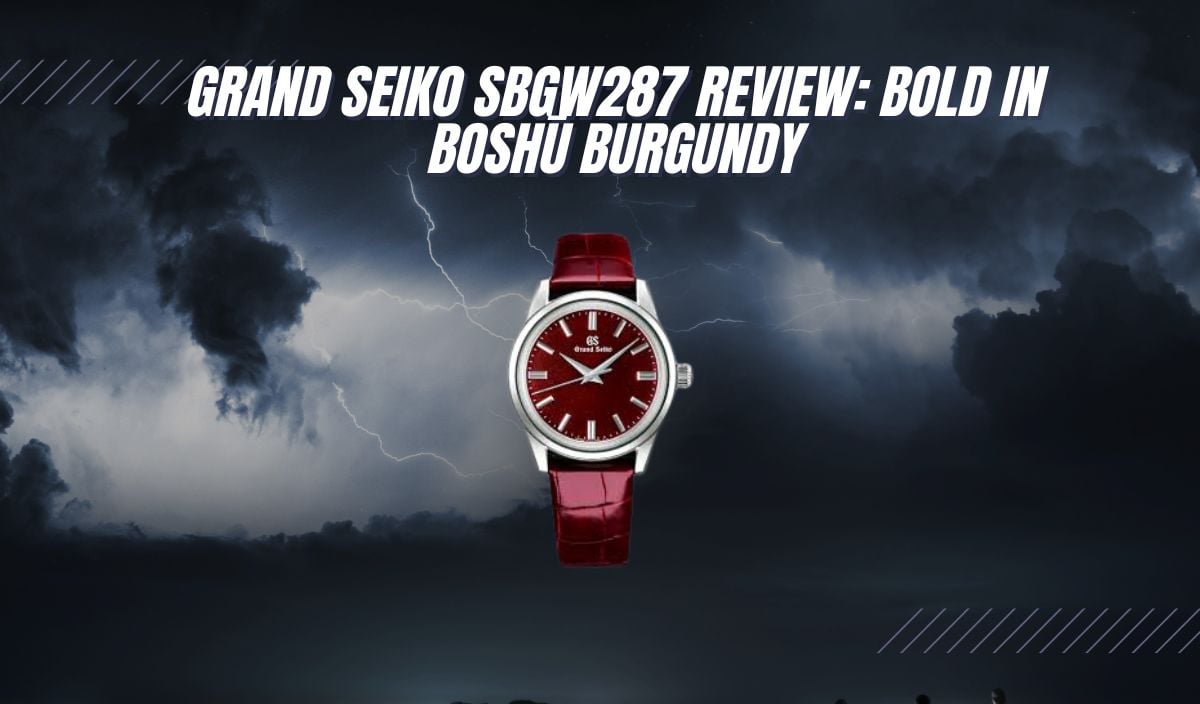
Crowned with the name Boshū, the Grand Seiko SBGW287 is a dress watch that’s meant to stand out. Boshū refers to the seasonal transition to winter, which is why the watch comes in an autumn burgundy color.
Of course, the stainless steel accents of the case and dial offer an excellent contrast. The SBGW287 does a great job of finding balance in its bold colorway. It’s included as a part of Grand Seiko’s Elegance collection, which is more than fitting, in my opinion.
Donning a crocodile leather band, this watch is designed for individuals with unique tastes. In this Grand Seiko SBGW287 review, you’ll get a breakdown of the finite details that make this timepiece whole.
A Historical Significance to the SBGW287
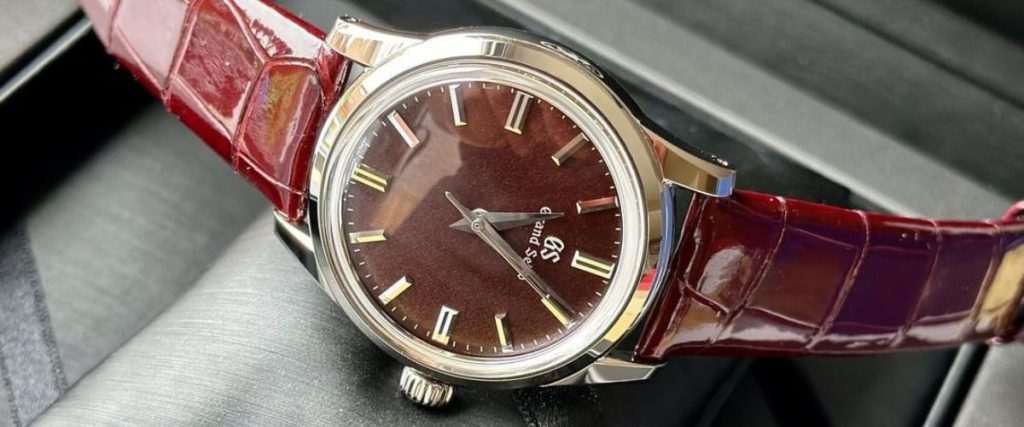
Although the SBGW287 has only been on the market for about two years, it’s part of a much larger plan. You’ll find that it’s a part of the Grand Seiko Elegance collection, but it’s also a part of the brand’s “Flow of Seasons” lineup.
This includes numerous watches that embody the qualities of Japan’s 24 seasonal divisions, also referred to as “sekki.” The Flow of Seasons lineup of GS watches was started back in 2019 and has expanded since, with the SBGW287 being a part of it.
More specifically, the SBGW287 carries the theme of autumn’s transition to winter, which is referred to as Boshū. Part of what has always driven my interest in Grand Seiko designs is their inspiration, which is taken from natural elements.
Unlike many popular models from Grand Seiko, the SBGW287 isn’t a reissue of an older design. On another note, this watch was released alongside the SBGW281. I like its similar features, but I appreciate the dark and bold look of the SBGW287 much better.
You can also find similarities between SBGW283 and SBGW285. While each of these watches comes with plenty of unique identity, it isn’t hard to see the commonalities. The Flow of Seasons lineup started out focusing on the 62GS and GMT watch styles but offers much more variety today.
With a closer look, I’m able to appreciate the historical detail in this watch, as it’s clearly an important focal point for Grand Seiko. Even if this watch is placed among other similar designs, I feel it’s one that’ll draw the eyes a bit more than others.
Simple and Dynamic Case
Featuring the well-known Zaratsu polish seen in many Grand Seiko timepieces, the SBGW287 case is reflective and equally neutral. I say this due to the overall sleek look of the case, but it’s also important to highlight the actual dimensions.
The case of the SBGW287 comes with a 37.3mm diameter and a 44.3mm lug-to-lug length. I can see how a lot of personal preference would weigh into the thickness, which is 11.7mm. Whereas someone might feel that it’s a bit too thick, I think it offers the perfect amount of balance.
Although the case comes with a reflective nature, it’s distortion-free, which helps it look seamless and uniform to the eye. One detail I’m always excited about is the exhibition case back. I love seeing the movement go to work without missing a single step. What amazes me most about viewing the movement is that it’s something that can be unwaveringly consistent.
The box-shaped sapphire crystal is not only scratch-resistant but also mimics details related to the vintage look of acrylic crystals. I will admit the crown seems a bit large relative to other aspects of the case design. This wouldn’t be a deal breaker for me, but I can’t ignore the fact that it seems a bit too large from certain angles.
On the other hand, having a larger crown makes manual adjustments easier for any wearer. I also appreciate their inclusion of a slipping attachment to prevent overwinding. This is an important detail to help protect the main spring and mitigate wear and tear.
I also like that the integrated bezel doesn’t distract too much from the dial. An important feature nonetheless, the bezel’s placement and overall design was a smart move, in my opinion.
You get the benefit of the traditional dress watch style and bold yet minimal design choices for a pretty cohesive look. I can see how the color of this watch might be a bit too much for some, but I feel it’s a worthy topic of conversation, to say the least.
Difference in the Dial
With just a quick look, the dial may not seem like much to the untrained eye. It’s true that it does offer simplicity, but that doesn’t mean it isn’t intricate. I find looking at it from an angle does the dial the most justice.
No one would argue with the bold and beautiful color of the dial, but it’s important to note why it’s much more than that. On top of its symbolism of changing seasons, it offers an organic texture that you wish you could feel with your fingertips.
Exhibiting a slightly granulated look, the dial is another great example of Grand Seiko’s attention to detail. I’m also a fan of their choice in deep red, as they could’ve gone with many other color hues when it comes to autumn transitions. Not only is this shade of red one of the most beautiful, but it’s a color you can find during autumn in Japan and many other parts of the world.
With sleek diamond-cut hands and hour markers, you get a thin, highly polished look that doesn’t block out too much of the red. Legibility is never a problem, as the slightest reflection can help illuminate the dial.
Some might be dissatisfied with the lack of a date window or reserve indicator, but I’m a huge fan of this choice. I like to see as much of the dial as possible, and not having those additional features makes it look much more open.
You do get the expected inclusion of the GS logo at the top of the dial, but they made sure it was seamless to its surroundings. I’m usually not a fan when the GS logo comes in yellow gold, so I’m really glad they made the matching choice in color and polish.
The dial, from an overall standpoint, comes with a very sharp look, from the burgundy color to the sharp contrast in the hands and indices. There’s no minute track on this dial, but once again, it’s a smart move, as that would’ve just been an added distraction. Regardless of the bold color in the SBGW287, it’s a deeper red than you might expect and blends well with many fall outfits and aesthetics.
The Trustworthy Mechanical Movement
Including a Grand Seiko Caliber 9S64 mechanical movement, which features a surprisingly smooth tick. With precision and long-term reliability at the forefront, this is a movement that shouldn’t be compared. It stands on its own in several ways, and I appreciate the many independent qualities that are easy to love.
Featuring a standard 72-hour power reserve, the movement guarantees consistent accuracy and is perfect for everyday use. I’d like to highlight that a prominent component of this accuracy stems from its 28,800 beats per hour. In short, the movement isn’t missing a single step, including a mean daily rate of +5 to -3 seconds.
This isn’t a significant difference, but normal usage accuracy ranges from +10 to -1 seconds per day. You may not see every detail of the movement, but several of its 24 jewels are bound to be visible in the case back.
I’m always interested in the inner workings of different movements. The gear train bridge helps to enhance stability and offers a bit of design appeal to the exhibition case back. For those who don’t know, it’s Grand Seiko’s proprietary SPRON alloys that promise a stable accuracy rate and 72-hour power reserve.
I know there are many types of movements included with Grand Seiko watches, but there’s plenty to appreciate about each one. On the surface, the 9S64 movement may seem similar to many others, but it’s always the fine details that matter.
Part of what really sold me about the SBGW287 is its open case back, as I love to be able to view the movement any time I want. I feel it provides a much deeper appreciation for the consistent functionality seen on the surface of the dial.
Does the Strap Hold Up?
Including a matching burgundy color, I believe the crocodile leather strap on the SBGW287 is one of the biggest dividing factors here. I would say most people are used to the polished look of stainless steel or titanium with Grand Seiko. There are many reasons people don’t like leather straps, and I can see how that might be a bit of a turn-off here.
It isn’t a deal breaker for me, as I actually really appreciate the feel of leather straps. Nevertheless, crocodile leather comes with a unique look, and it definitely contrasts with the sleek design of the case.
Aside from that, it does help deliver a uniform look to the watch, which is always important. Leather can be somewhat stiff out of the box, but it doesn’t take long to break in the strap on this watch. You’d be surprised, but with the right fit, it can feel a lot more snug than expected.
The strap on the SBGW287 is 19mm in width, making it a suitable fit for most wrist sizes. You’ll also notice a slight shine to the finish of the strap. I find that this adds to the uniformity of the watch, as there isn’t a single dull detail, no matter which angle you view it from.
Even though I haven’t seen this myself, I’m confident a stainless steel or titanium strap on this watch case would be an outstanding choice. I’m never against swapping out a strap, but I’d prefer to stick with how the watch comes.
While there aren’t any additional straps included with the SBGW287, the standard lug width makes it a viable choice for many people. My own preferences definitely lean toward a brushed titanium look, but the bold decisions in the SBGW287 make for a nice alternative in my collection.
The On-Wrist Experience
A leading factor in what makes this a great daily wear is the comfort of the crocodile leather. Without this, I’d probably keep it in a consistent rotation. Although I prefer a titanium strap, they aren’t something I can wear every single day.
This is a clear personal preference but an important note for any wearer to consider. While the leather makes the watch quite comfortable, you can’t ignore the overall boldness of its aesthetic. I can’t lie; the deep burgundy color isn’t something that works with every outfit. However, I’d still say this watch should be kept in more professional settings. From my standpoint, it just doesn’t look its best with casual outfits.
I do have skinnier wrists, but the dimensions of the case and strap make it more than suitable for mid-range wrist sizes. Of course, the leather strap offers multiple adjustment points, but this does come with a limit.
You could get professional adjustments for a leather strap, but this isn’t always the best choice unless you’re quite sure about your measurements. While I don’t find the watch to be overly flashy, I can see how someone else might think so. A bold color choice like burgundy isn’t for everyone, as it takes a particular approach to blend it with certain outfits.
As always, personal preferences influence how you wear a watch quite a bit, but this isn’t Grand Seiko’s most subtle design. If you like the color and descriptive feel of the SBGW287, it never hurts to consider finding one for yourself.
Pricing and Availability
Thankfully, you won’t have a hard time finding a Grand Seiko SBGW287. Widely available across the world, that doesn’t change the fact that you should choose a reputable retailer. You’re bound to have a few questions about your first wear, and you want a retailer that can get into the details with you.
One of your best bets in retailers for the SBGW287 would be Exquisite Timepieces. Their combination of industry and hands-on experience ensures you know exactly what you’re wearing.
Not to mention matching price points that won’t gouge you with markups. For what it’s worth, the Grand Seiko SBGW287 can be found retailing at $4,800, making it a great entry-level high-end watch to consider. This is a pretty fair price for a Grand Seiko, which means pre-owned would be even more affordable.
A decent pre-owned SBGW287 can be anywhere from $3,800 to $4,500 if it’s in respectable condition. Regardless of where you live, make sure to do your homework on retailers that’ll guide you in the right direction.
The Bottom Line
Grand Seiko is a name most people know, even if they aren’t necessarily a watch enthusiast. There’s a lot to be said about the brand, but their reputation is something that’s well understood in the details of their watchmaking.
The SBGW287 is among others in the Seasons lineup, but it makes a bold statement that helps it stand out from the rest. If you’re looking for an affordable, entry-level Grand Seiko that’s rich in color, the SBGW287 isn’t a bad addition to your collection.


